|
Carnivorous Plant Newsletter
Volume 45, Number 3, September 2016, pages 118 - 126
New Cultivars
Drosera ‘Childhood Wishes’
Drosera ‘Alexandrite Aster’
Dionaea ‘Shark Mirror’
Sarracenia ‘Hot Lips’
Sarracenia ‘Saurus’
Sarracenia ‘Sword Swallower’
Sarracenia ‘Bug Bat’
Sarracenia ‘Carolina Yellow Jacket’
Sarracenia ‘Fat Chance’
Drosera ‘Childhood Wishes’
Submitted: 19 May 2016
In late 2014, a flowering specimen of Drosera affinis “Uningi Pans, Zambia” was pollinated using a white-flowered form of Drosera spatulata. The resulting hybrid is a unique stem-forming plant that reaches on average 7 cm high, with 4 cm leaves that spread out in all directions from the growing point. The leaves are narrow and elongate, with long petioles and thin paddle-shaped lamina that are often folded down the middle to produce a cylindrical profile. Color is bright emerald green, framed by light red tentacles; the lamina will occasionally blush light red under strong light (Fig. 1). Flower stalks are long and wiry, up to 40 cm tall, and bear small, delicate pink blooms.
The name of the plant originates from the resemblance of the spidery rosettes sitting on top of a stem to that of a dandelion seed-head, with the long, narrow stalks branching out at the tips into wide, fluffy umbrellas like the thicker lamina and spreading tentacles of the cultivar; every child has at some point made a wish on a dandelion and blown it away to the wind.
— Hawken Carlton • Greeley • Colorado 80634 • USA • hawken.carlton5@gmail.com
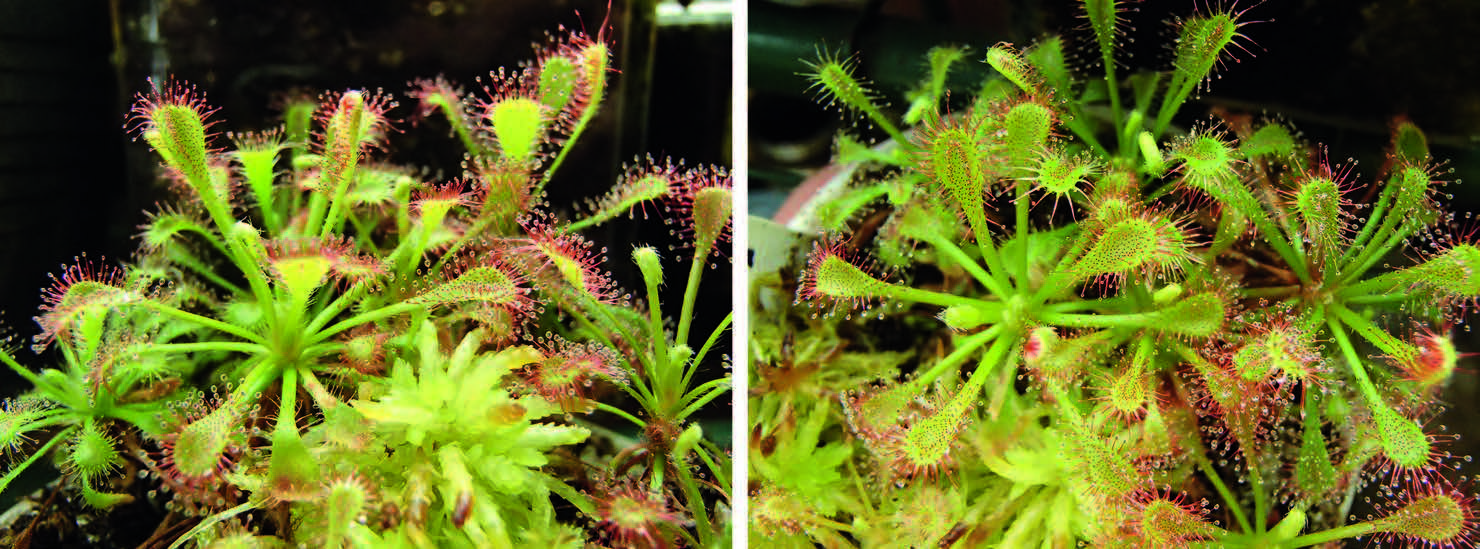
Figure 1: Side and top views of Drosera ‘Childhood Wishes’. Photos by Hawken Carlton.
Drosera ‘Alexandrite Aster’
Submitted: 18 April 2016
In early 2014, I crossed a specimen of Drosera aliciae with a Drosera from Lantau Island, Hong Kong that is believed to be a natural hybrid between D. oblanceolata and D. spatulata. This breeding produced a pair of hybrids with a unique appearance. The one with D. aliciae as the maternal parent was selected and named Drosera ‘Alexandrite Aster’ in December 2015.
This cultivar can reach in excess of 8 cm across, with a ground-hugging layered rosette of tapered leaves that resemble the flat, spreading petals of asters or windflowers. Up to a dozen or more leaves can be active at any one time. Drosera aliciae lends not only size to the hybrid but also greater width of the leaves, with tentacles covering more than half the leaf length (Fig. 2). The base color of the leaves is rich olive green, with scarlet tentacles adding a red halo to the leaves, especially notable when viewed against strong lighting, much like the red/green color-changing gemstone Alexandrite. Occasionally, the lamina may also obtain a slight red blush.
The inflorescences of this cultivar may reach up to 50 cm high, with a dappled indumentum of red trichomes and small glandular hairs. Flowers can be 2 cm across, a delicate mauve-pink with egg-shaped petals (Fig. 2). This cultivar is a sterile hybrid and can only be propagated by leaf, scape, or root cuttings.
— Hawken Carlton • Greeley • Colorado 80634 • USA • hawken.carlton5@gmail.com
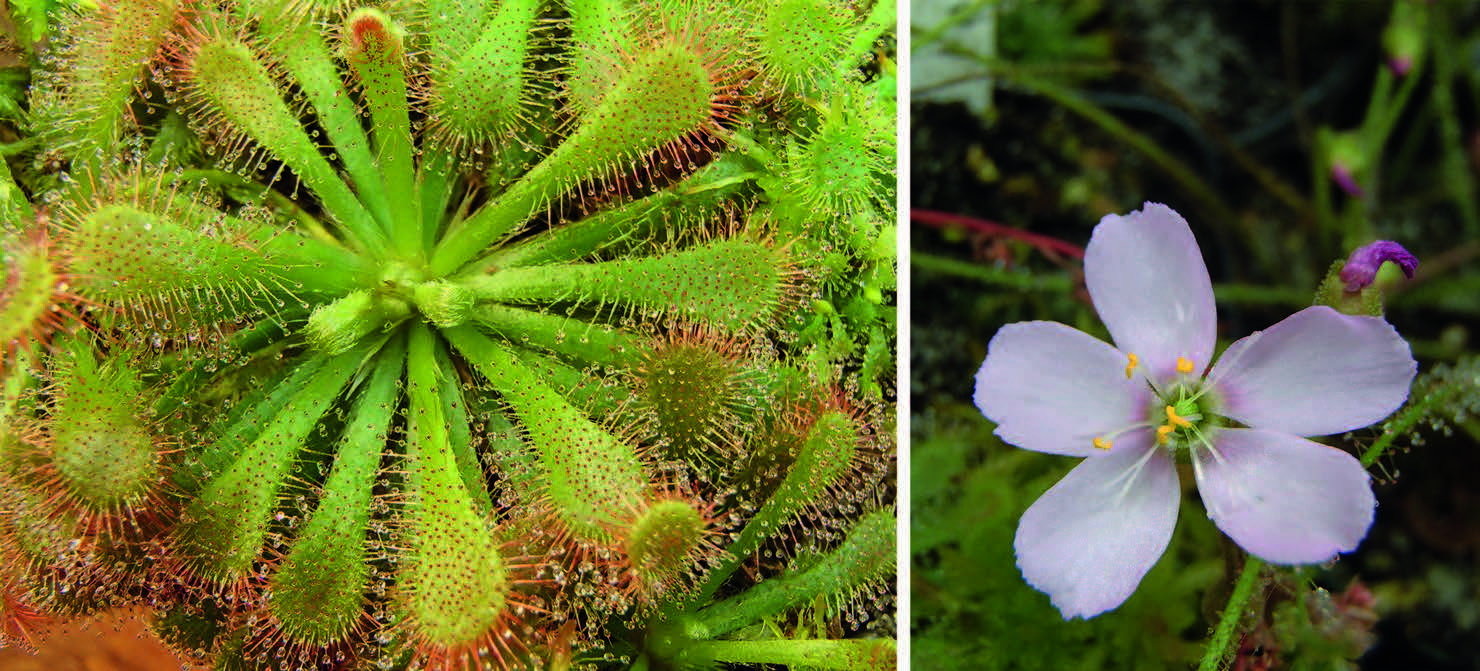
Figure 2: Drosera ‘Alexandrite Aster’ rosette (left) and flower (right). Photos by Hawken Carlton.
Dionaea ‘Shark Mirror’
Submitted: 14 May 2016
Dionaea ‘Shark Mirror’ has a variable color, but it is green during autumn and winter. The plant is prostrate during autumn and winter and erect during spring and summer. It has external trap appendages similar to Dionaea ‘Mirror’, but the marginal teeth are like those of Dionaea ‘Dentate Traps’ and resemble the teeth of a shark (Fig. 3). Sometimes it produces normal traps without appendages.
The name Dionaea ‘Shark Mirror’ combines the name Dionaea ‘Mirror’ and the shark-like shape of the teeth.
Dionaea ‘Shark Mirror’ must be reproduced vegetatively to preserve the unique characteristics of this cultivar.
— Alexandre Letertre • 58130 Saint Aubin Les Forges • France • pyg0@hotmail.fr
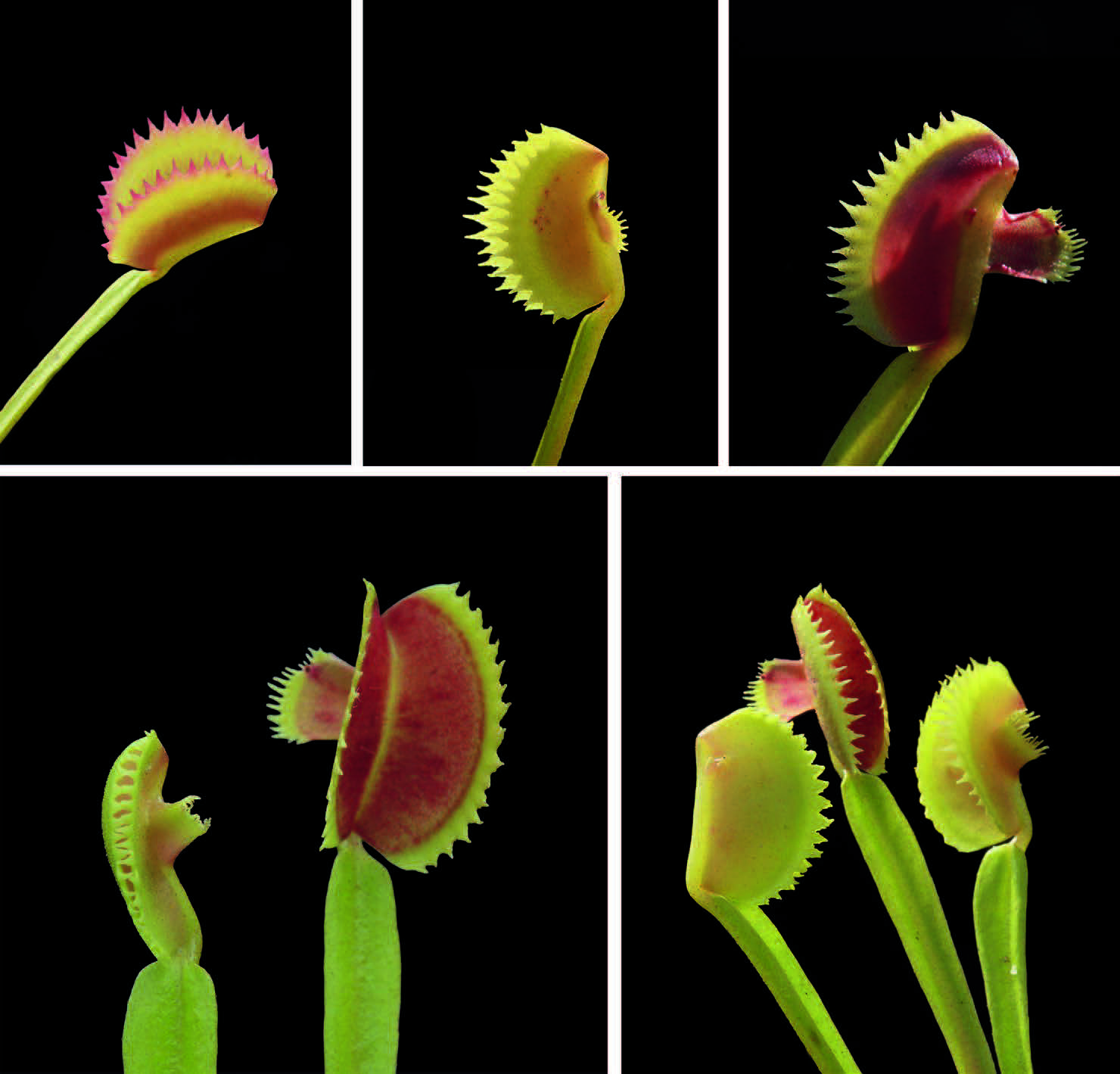
Figure 3: Dionaea ‘Shark Mirror’ has traps that range from normal traps to those with external appendages of different size. Photos by Alexandre Letertre.
Sarracenia ‘Hot Lips’
Submitted: 7 June 2016
Sarracenia ‘Hot Lips’ is a primary S. moorei hybrid of (S. leucophylla × flava var. ornata) which I made in the spring of 2005 and selected in 2008. This clone is a sibling to cultivars 'Vintner's Treasure' and 'Saurus'.
This incredibly beautiful and highly popular pitcher plant is a very vigorous and stocky grower averaging heights of 75-80 cm or more on well-established older plants (Fig. 4). Pitchers start out green over laid with bright white areolae directly under the nectar roll extending downward some 5-8 cm. The hood is large, ruffled and bright creamy white with deep reddish purple veins approximately 10 cm wide from side to side and 10 cm long from the back to the front with dark reddish purple non-bleeding veins. The fluted mouth attains comparable sizing with the hood and has a very smooth and glossy satin appearance. There is a prominent dark purple throat patch on the inside neck of the pitcher.
As the pitchers mature the lids become much whiter and the lips become deep crimson, giving the appearance of a lipstick application. The contrast of these colors makes for a strikingly beautiful presence. Like all S. moorei, this cultivar produces pitchers all season with a more pronounced late summer burst of growth. These late season pitchers are not quite as big, but my personal observation over the years is that they are much more colorful.
Propagation must be done via division and cuttings in order to maintain this plant's unique features. This cultivar's epithet ‘Hot Lips’ was coined on Facebook on March 14, 2014 from an admirer as a suggestion that it looked like it had "hot" lips.
— Phil Faulisi • Santa Clara County • California • USA

Figure 4: Sarracenia ‘Hot Lips’. Photo by Phil Faulisi.
Sarracenia ‘Saurus’
Submitted: 7 June 2016
Sarracenia ‘Saurus’ is a primary S. moorei hybrid of (S. leucophylla × flava var. ornata) which I made in the spring of 2005 and selected in 2008. This clone is a sibling to cultivars 'Vintner's Treasure' and 'Hot Lips'.
This cultivar, which has created quite a stir worldwide, is a true beast of a pitcher plant reaching towering heights of 85-100 cm or more on well-established older plants (Fig. 5). High ambient humidity during the growing season ensures big, robust pitcher growth. According to my many colleagues, this is one of the single largest cultivated pitcher plants they have ever seen. It's certainly the largest I have ever created to date. There may be taller pitcher plants out there, but the overall girth and heftiness of this cultivar carries its weight as one of the biggest man made ever. It is a spectacle of the carnivorous pitcher plant kingdom.
Pitchers start out green overlaid with a medium red with a scattering here and there of white areolae directly under the nectar roll and extending downward 4 to 7.5 cm. The hood is large and heavily ruffled approximately 10-15 cm wide from side to side and 10-15 cm long from the back to the front. The heavily fluted mouth attains comparable sizing with the hood and has a very smooth and glossy appearance.
As the pitchers mature they take on a deep plum/red color from the lid to approximately two thirds the length down the pitcher tube. The entire inside of the pitcher becomes a shimmering "metalized" rich, dark plum that has that highly polished and iridescent look in full sunlight.
Flowers are red and typical for a S. moorei and arise on stalks equally as tall as the pitchers. In late summer a secondary set of pitchers are produced that are also very tall and colorful, but not as robust in girth as the spring growth.
Propagation must be done via division and cuttings in order to maintain this plant's unique features. This cultivar's epithet ‘Saurus’ was coined by my friend and colleague Rob Co in 2009 as a reference to its dinosaur huge proportions.
Phil Faulisi • Santa Clara County • California • USA
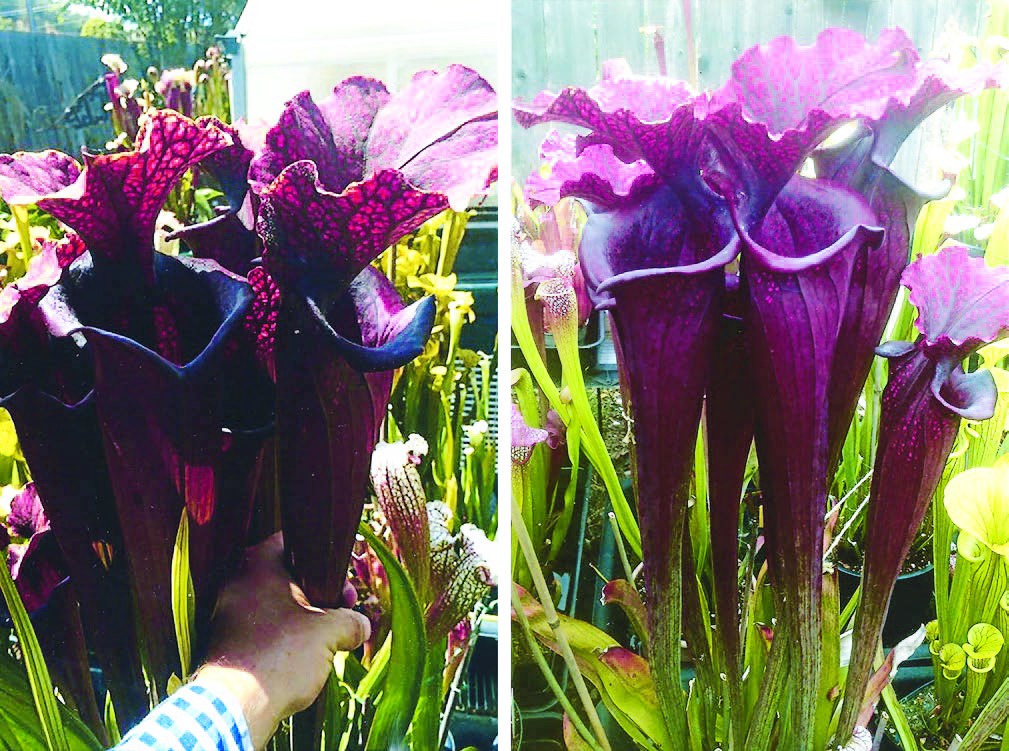
Figure 5: Sarracenia ‘Saurus’. Photos by Calen Hall.
Sarracenia ‘Sword Swallower’
Submitted: 7 June 2016
Previously released as (S. moorei “Phil” clone 3), Sarracenia ‘Sword Swallower’ is a primary S. moorei hybrid of (S. leucophylla × flava var. rubricorpora) which I made in the spring of 2002 and selected in 2008.
This is a very vigorous growing pitcher plant averaging heights of 75-80 cm or more on well-established older plants and approximately 5-7 cm wide at the mouth opening (Fig. 6). The hood is heavily marbled with thick pink/red veins and large light pink areolae, heavily ruffled, and approximately 7.5 cm wide from side to side and 7.5 cm long from the back to the front. The lip is thin and slightly rolled.
As the pitchers mature, the color becomes a deeper blood red extending down the upper 1/3 of the pitcher, with a bright lime green interior suffused with dark red veins which makes for a striking color combination.
Flowers are red and typical for a S. moorei. Pitchers are produced all season, with the largest coming with the new spring growth. Late season pitchers are somewhat smaller, but no less colorful.
Propagation must be done via division and cuttings in order to maintain this plant's unique features. This cultivar's epithet ‘Sword Swallower’ was coined by my close friend and bogging buddy Trey Hale of Tallahassee, Florida as a suggestion that the tall slender pitchers looked like they could easily swallow a sword.
— Phil Faulisi • Santa Clara County • California • USA
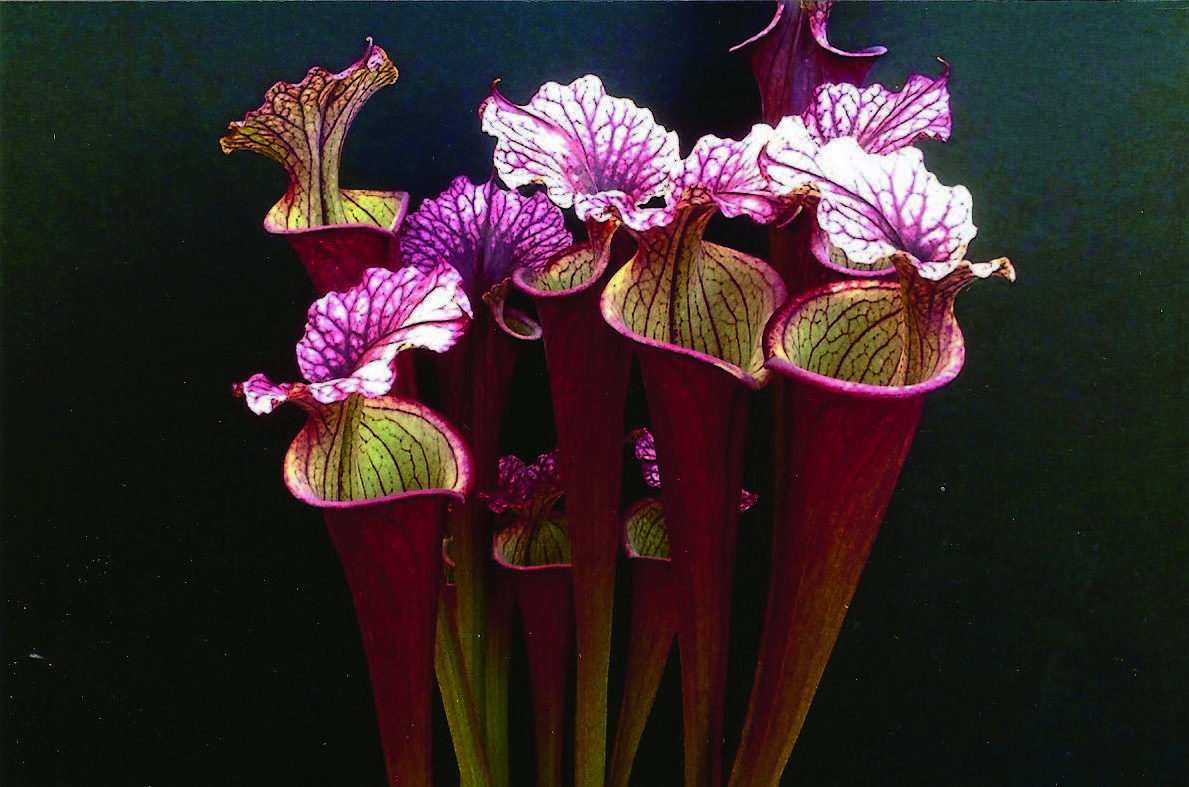
Figure 6: Sarracenia ‘Sword Swallower’. Photo by Phil Faulisi.
Sarracenia ‘Bug Bat’
Submitted: 23 June 2016
Sarracenia ‘Bug Bat’ is a pitcher plant that was hybridized about 1990 by Larry Mellichamp at University of North Carolina at Charlotte Botanical Gardens as part of a Sarracenia breeding program. Sarracenia ‘Bug Bat’ is most likely a cross of Sarracenia (alata × psittacina) × minor var. okefenokeensis. The plant shows hybrid vigor in forming a robust clump of upright, slightly diverging tubular pitchers to 40 cm, green at the bottom and cinnamon red toward the tip with tiny white windows in the hood back (Fig. 7) thanks to the S. minor parent. The reddish hood of the giant pitchers darkens in the summer sun and generally forms an almost closed mouth.
The name Bug Bat was coined about 2005 by David Crump alluding to the shape of the pitchers resemblance to baseball bats, and then associated with catching bugs.
Must be reproduced asexually to retain the cultivar traits.
— Larry Mellichamp • Charlotte • North Carolina 28205 • USA • lmellichamp@carolina.rr.com
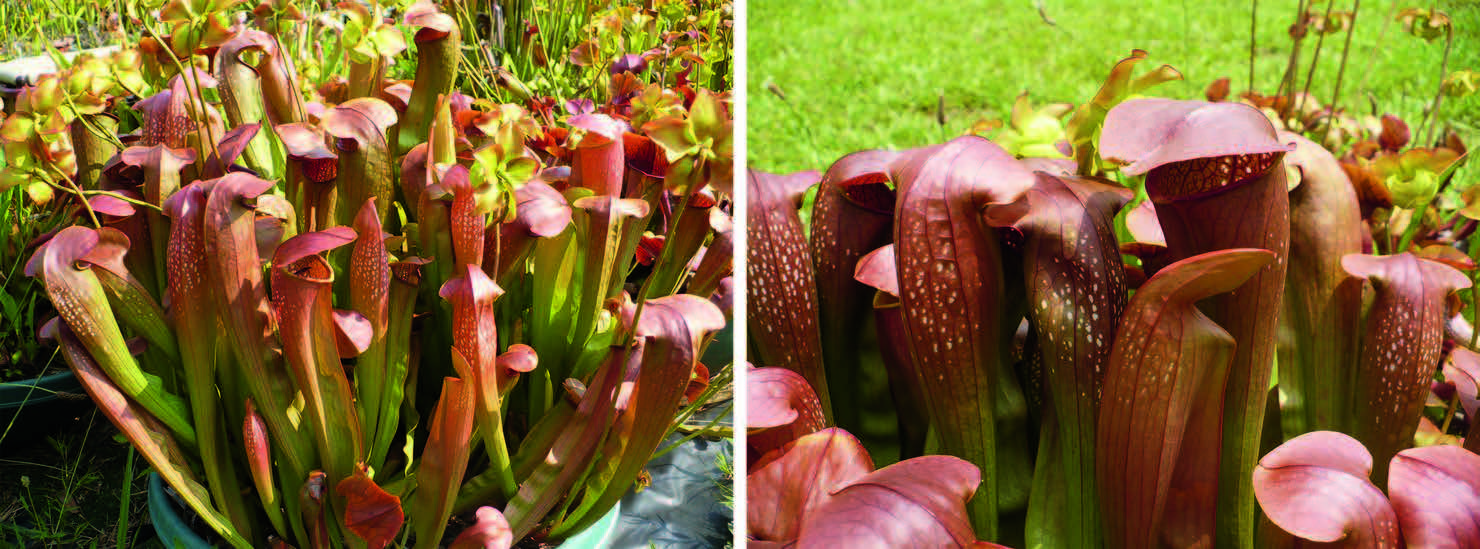
Figure 7: Sarracenia ‘Bug Bat’. Photos by Larry Mellichamp.
Sarracenia ‘Carolina Yellow Jacket’
Submitted: 23 June 2016
Sarracenia ‘Carolina Yellow Jacket‘ is a cross between S. purpurea forma heterophylla and S. purpurea forma heterophylla × flava produced at the University of North Carolina at Charlotte Botanical Gardens about 1990 as part of a Sarracenia breeding program.
Sarracenia ‘Carolina Yellow Jacket’ is unique in that it survives the hot summers of North Carolina. It is quite a rare chance seedling involving anthocyanin free S. purpurea subsp. pupurea and an all yellow S. flava, and arose in a batch of seedlings not all of which were anthocyanin free. It forms a very vigorous rapidly-enlarging clump with decumbent yet upright, very thick-textured, pitchers, to 30 cm long, elongated and nearly hairless, with the hood margin often pinched in or touching over the mouth (Fig. 8), displaying the fact that it is two parts northern S. purpurea forma heterophylla and one part S. flava. The pitcher color is uniform, appearing from Granny Smith apple-green to rich chrome or lemon yellow depending on the time of year and growing conditions. The flowers are produced abundantly in the clump (one per growth) and all parts are green to bright yellow.
The name Carolina Yellow Jacket was coined about 2005 by David Crump alluding to the bright yellow color of the leaves and flowers and that it arose in North Carolina.
Must be reproduced asexually to retain the cultivar traits.
— Larry Mellichamp • Charlotte • North Carolina 28205 • USA • lmellichamp@carolina.rr.com
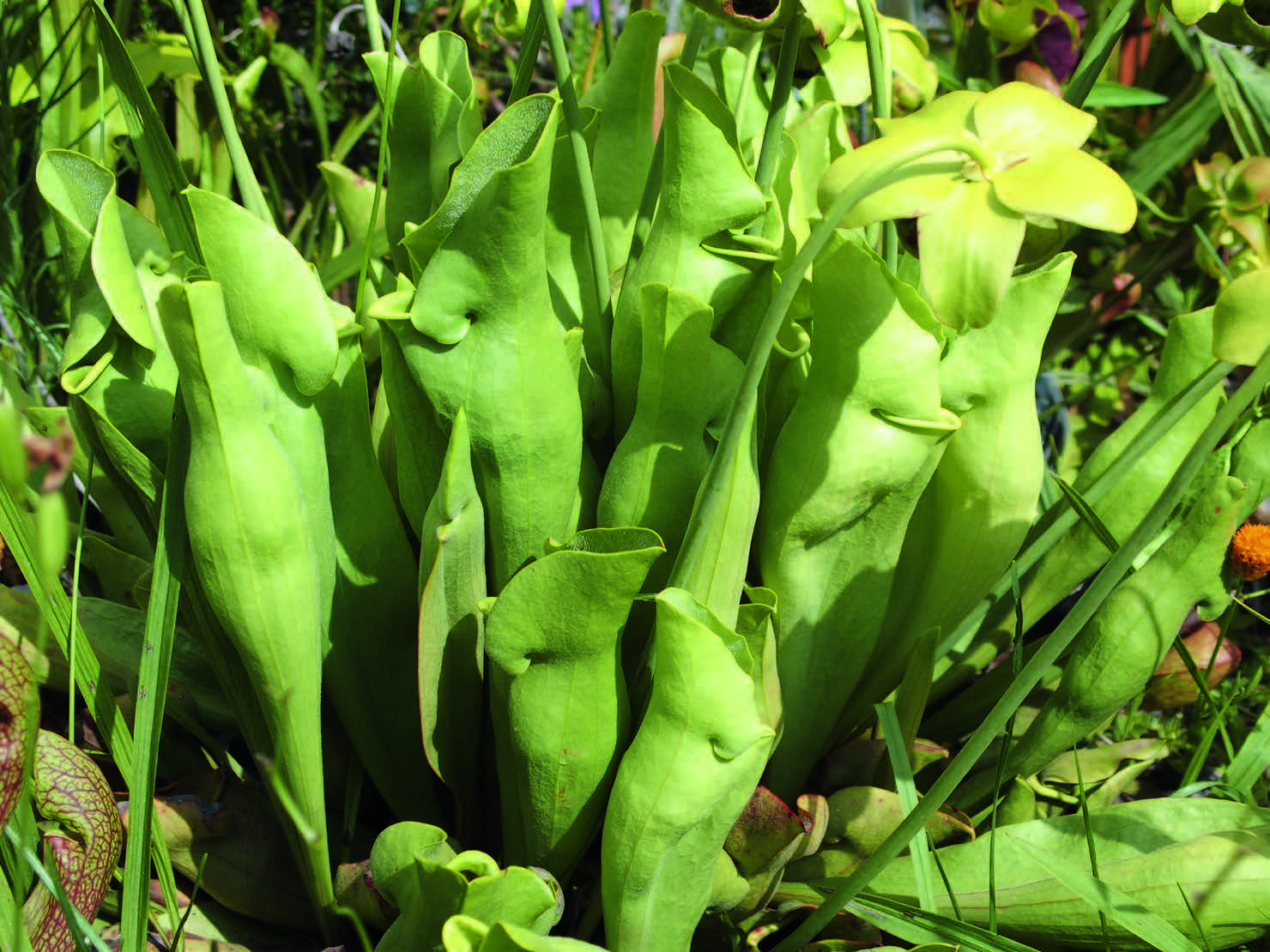
Figure 8: Sarracenia ‘Carolina Yellow Jacket’. Photo by Larry Mellichamp.
Sarracenia ‘Fat Chance’
Submitted: 23 June 2016
Sarracenia rosea ‘Fat Chance’ is a selection of a Sarracenia rosea Naczi, Case & R.B. Case wild collected about 1985 in the vicinity of Perdido, Alabama by Larry Mellichamp for the University of North Carolina at Charlotte Botanical Gardens. Synonym of the species Sarracenia purpurea subsp. venosa var. burkii.
Sarracenia rosea ‘Fat Chance’ is typical of the species, which grows along the Gulf Coast of the Southeastern U.S. from Mississippi to Florida, in forming a rosette of decumbent somewhat thick-textured slightly hairy (hairs <1 mm long) pitchers with erect wavy-margined hood and gaping mouth with very thick rim. The margins of the hood often pinch together and may touch, as is often seen in Sarracenia purpurea, though the red veining on green tissue is less prominent. The pitchers are more likely to die off after a severe winter than typical S. purpurea. The significant difference for the cultivar is that the pitchers are more bulbous, or fatter, than typical for the species, and remain very dark red the whole season when grown in sun (Fig. 9). The flower is typical of the species, with pink petals on a relatively short scape to 25 cm.
The name Fat Chance was coined about 1986 by Larry Mellichamp alluding to the fatter shape of the pitchers, and the “fat chance” that you might get one if you ask me.
Must be reproduced asexually to retain the cultivar traits.
— Larry Mellichamp • Charlotte • North Carolina 28205 • USA • lmellichamp@carolina.rr.com

Figure 9: Sarracenia rosea ‘Fat Chance’ pitchers and flowers. Photos by Larry Mellichamp.
|

